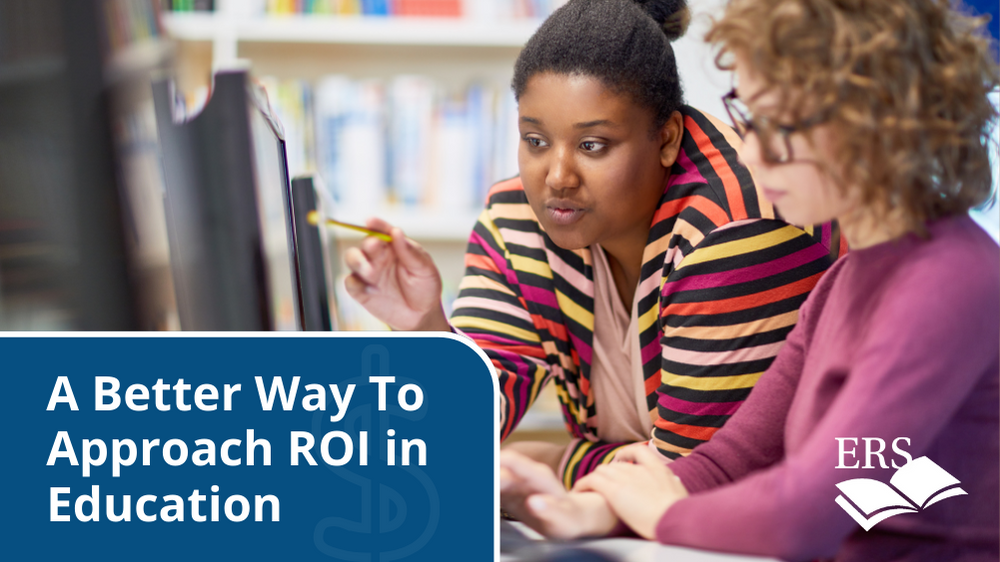In the field of education, the effective management and utilization of resources are crucial for enhancing learning outcomes and supporting the development of students and educators alike. Educational resource strategies cover a wide range of approaches aimed at optimizing the use of materials, tools, technologies, and human capital to foster an enriching and supportive learning environment. This article explores various learning materials strategies, their importance, and how they contribute to achieving educational goals.
Understanding Educational Resource Strategies
It refers to systematic plans and approaches designed to maximize the impact of resources available within educational settings. These resources can include physical materials such as textbooks, learning aids, and laboratory equipment, as well as digital resources like online platforms, software applications, and educational content repositories. Effective resource strategies not only ensure the availability and accessibility of these resources but also focus on their alignment with curriculum objectives and educational goals.
Key Components of Learning Materials Strategies
Needs Assessment and Planning: The foundation of effective resource strategies lies in conducting thorough needs assessments and strategic planning. This involves identifying the specific needs of students, teachers, and the educational institution itself. By understanding these needs, educators and administrators can prioritize resource allocation and determine the most appropriate tools and materials to support learning objectives.
Curriculum Integration
Educational resources should be closely aligned with the curriculum to ensure relevance and effectiveness. Strategies for curriculum integration involve mapping resources to learning outcomes, instructional strategies, and assessment methods. This alignment helps educators leverage resources more effectively to support teaching and learning activities in various subjects and disciplines.
Technology Integration
In the digital age, technology plays a pivotal role in educational resource strategies. Integrating technology effectively involves providing access to digital tools and resources that enhance engagement, collaboration, and personalized learning experiences. Strategies may include implementing learning management systems (LMS), utilizing educational apps and software, and leveraging online platforms for content delivery and assessment.
Professional Development
Supporting educators through professional development is essential for optimizing resource utilization. Effective strategies focus on providing training and support to teachers in using educational resources effectively, integrating technology into instruction, and adapting teaching strategies to meet diverse student needs. Professional development opportunities also foster a culture of continuous improvement and innovation within educational institutions.
Resource Accessibility and Equity
Ensuring equitable access to educational resources is a critical component of effective resource strategies. This includes addressing digital divide issues, providing access to learning materials for students with diverse learning needs, and promoting inclusivity in resource allocation. Strategies may involve leveraging community partnerships, securing funding for resource acquisition, and implementing policies that prioritize equity and accessibility.
Collaboration and Stakeholder Engagement
Engaging stakeholders—including educators, administrators, students, parents, and community members—in resource planning and decision-making enhances the effectiveness of resource strategies. Collaboration fosters shared ownership of educational goals and promotes innovative approaches to resource utilization.
Evaluation and Continuous Improvement
Evaluating the impact of educational resource strategies is essential for assessing their effectiveness and identifying areas for improvement. Strategies for evaluation may include collecting feedback from stakeholders, analyzing student performance data, and conducting assessments of resource utilization and accessibility. Continuous improvement involves using evaluation findings to refine resource strategies and enhance their impact on teaching and learning outcomes.
Examples of Effective Educational Resource Strategies
Project-Based Learning (PBL) Initiatives: Implementing project-based learning initiatives involves providing students with access to resources such as project materials, technology tools, and mentorship opportunities. PBL strategies encourage student engagement, critical thinking, and collaboration while allowing students to apply their knowledge and skills to real-world challenges.
Digital Learning Platforms
Utilizing digital learning platforms—such as online courses, virtual classrooms, and interactive learning modules—enhances access to educational resources beyond traditional classroom settings. These platforms provide opportunities for personalized learning, self-paced instruction, and access to a diverse range of educational content.
Teacher Collaboration Networks
Establishing teacher collaboration networks facilitates the sharing of educational resources, lesson plans, and instructional strategies among educators. These networks promote professional development, innovation in teaching practices, and the effective use of resources to support student learning outcomes.
Community Partnerships
Collaborating with community organizations, businesses, and educational institutions enriches learning materials strategies by providing access to additional resources, expertise, and funding opportunities. Community partnerships support experiential learning, career readiness initiatives, and enhanced educational experiences for students.
Conclusion
Educational resource strategies play a key role in fostering a conducive learning environment, supporting student achievement, and advancing educational goals. By implementing effective resource management practices, integrating technology tools, promoting collaboration, and prioritizing equity and accessibility, educational institutions can optimize the impact of resources on teaching and learning outcomes.





Comments